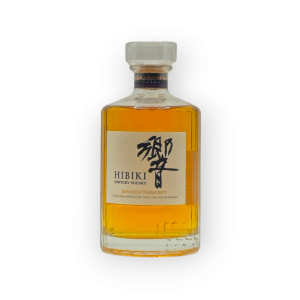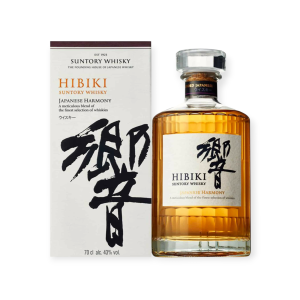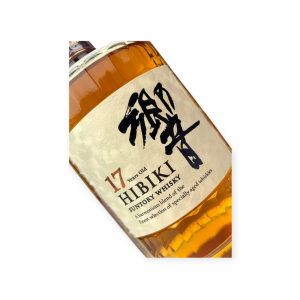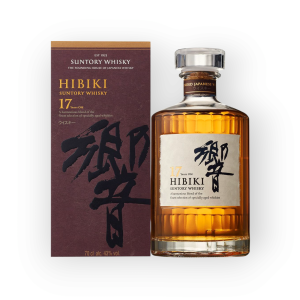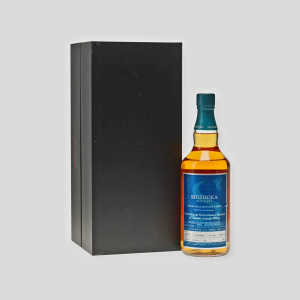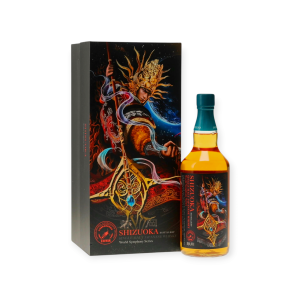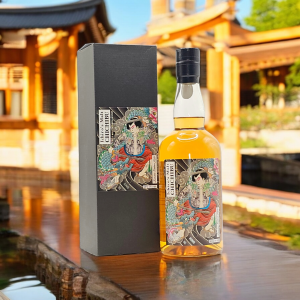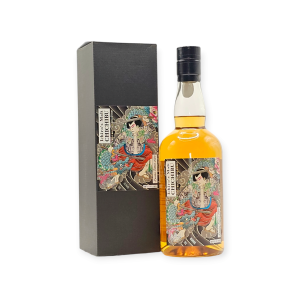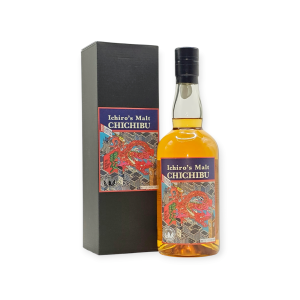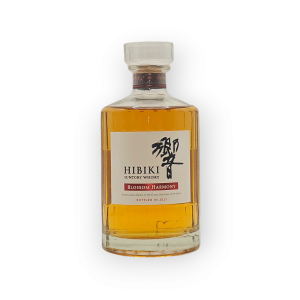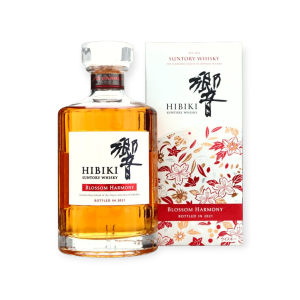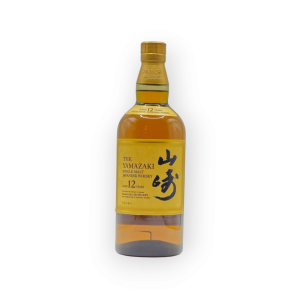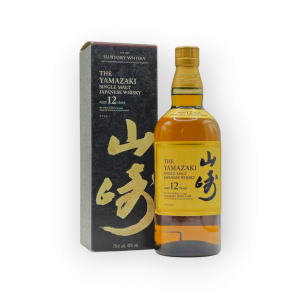Japanese Whisky
Japanese whiskey has rapidly gained international acclaim for its exceptional quality, unique flavour profiles, and meticulous craftsmanship. Rooted in traditional Scottish whiskey-making techniques, Japanese distilleries have infused their own cultural elements, resulting in a spirit that is both distinct and refined. Emerging in the early 20th century, Japanese whiskey began to capture the attention of connoisseurs with its delicate balance of sweetness, fruitiness, and umami. The use of pure mountain water, combined with high-quality grains and innovative ageing processes, contributes to the complexity and depth of these whiskeys. Distilleries like Yamazaki, Nikka, and Hakushu have become household names, showcasing a diverse range of expressions from single malts to blends. Japanese whiskey is characterised by its smoothness and elegance, often featuring floral and fruity notes, with subtle hints of smoke and spice. The meticulous attention to detail in every step of production—from fermentation to ageing—reflects the Japanese philosophy of craftsmanship and dedication to quality.
As the global appetite for whiskey continues to grow, Japanese distillers remain committed to pushing the boundaries of flavour and technique, ensuring that their spirits continue to captivate both seasoned enthusiasts and newcomers alike. Whether savoured neat or in a cocktail, Japanese whiskey offers a unique tasting experience that celebrates tradition and innovation. The rich heritage of Japanese whiskey can be traced back to the early 20th century when pioneers like Masataka Taketsuru, who studied the art of whiskey-making in Scotland, returned to Japan with a vision. His founding of Yamazaki Distillery in 1923 marked the beginning of a new era in Japanese distilling, blending traditional Scottish methods with local ingredients and techniques. This fusion of cultures brought forth a distinct style that has garnered international acclaim.
Showing 1–8 of 19 resultsSorted by popularity
The Perfect Drop of Japanese Whisky
As more distilleries emerge across the country—from the mountainous regions of Hokkaido to the islands of Kyushu—the diversity of flavours and expressions has expanded. Each distillery brings its own unique influence, often using local water sources, native grains, and even indigenous maturation techniques, resulting in a vast array of profiles that reflect the terroir of Japan. Among the most renowned expressions, single malts like Hibiki, Hakushu, and Nikka showcase the complexity that can arise from careful craftsmanship and time-honoured practices. The blending of whiskeys from different barrels and age statements allows for a harmonious balance of flavours, while the use of Mizunara oak for ageing imparts a distinctive aromatic quality that is highly sought after.
In recent years, the global whiskey market has seen a surge in interest in Japanese varieties, leading to increased demand and, consequently, limited availability. Collectors and enthusiasts alike are eager to discover rare bottlings, often resulting in record auction prices and a burgeoning secondary market. Yet, despite the challenges posed by scarcity, Japanese distillers emphasise the importance of patience and quality over quantity, ensuring that each bottle reflects the passion and artistry behind its creation. As we look toward the future, the evolution of Japanese whiskey continues to unfold. New generations of distillers are experimenting with innovative techniques, while still honoring traditional practices, creating a dynamic landscape for whiskey lovers. Whether enjoyed during a quiet evening or shared among friends, Japanese whiskey remains a testament to a culture that values the delicate balance of nature, tradition, and artistry—a true embodiment of the spirit of Japan.

